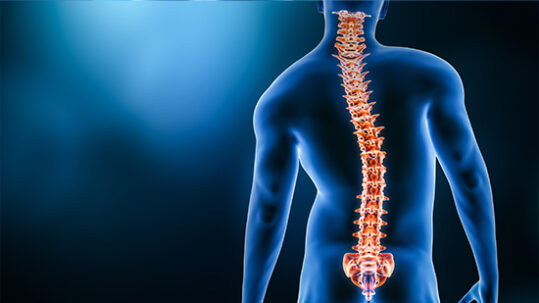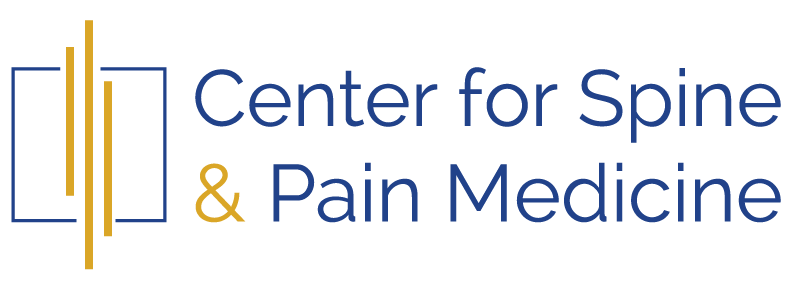
06 Jan Scoliosis and Degenerative Spine Disease
The spine is an intricate structure that supports and protects the spinal cord, which is the main nerve that runs through your back. The spine also allows you to walk, run and sit with ease.
The structure of the spine can be affected by degenerative spine disease, which causes the vertebrae to deteriorate. If this occurs, it can lead to scoliosis or a curved spine. Scoliosis can cause pain and discomfort in your back, as well as problems with mobility.
The following are some of the common symptoms of Degenerative Spine Disease
- Pain in your back or neck
- Swelling of the joints in your spine
- Muscle spasms or stiffness in your back and neck
- Reduced range of motion in your joints
Types of Scoliosis
There are four main types of scoliosis:
Degenerative scoliosis. This is a type of scoliosis that occurs in older people. Degenerative scoliosis is also associated with other conditions such as osteoporosis, spinal stenosis and Parkinson’s disease.
Idiopathic scoliosis: This is the most common type of scoliosis, affecting approximately 90 percent of all people with this condition. Idiopathic means that there is no known cause for the curvature. It tends to run in families and affects girls eight times as often as it affects boys. In many cases, idiopathic scoliosis is mild and requires no treatment other than close monitoring.
Congenital Scoliosis: This type begins in childhood and can be caused by a genetic defect or developmental abnormality in the spine. It affects about 10 percent of all children who have scoliosis.
Neuromuscular Scoliosis: This type occurs when there is weakness or damage to the nerves that control muscles in the spine and pelvis area that can lead to spinal deformities such as curve formation. It is most commonly seen in people with cerebral palsy or muscular dystrophy who require surgery for other medical conditions (such as hip replacement). This type accounts for about 5 percent of all cases of scoliosis and affects boys more often than girls.
Here are some tips for healing scoliosis and degenerative spine disease:
Rest your spine when possible. Resting your back is an important part of preventing further damage from occurring and helping the body heal itself. If you’re able to rest your back, it will reduce inflammation and pain and allow the body to focus on healing itself instead of focusing on maintaining its structure while being active.
Practice good posture. Good posture can help prevent further damage to your spinal cord and vertebrae by keeping them aligned properly. When you slouch or lean too far forward, this puts added pressure on the structures in your back that weren’t designed to handle it — especially if they’re already damaged!
Exercise regularly. Exercise has been shown to reduce pain levels in those suffering from degenerative spine disease by as much as 40%. Make sure your exercise routine includes strength training and stretching exercises so that you can keep your muscles strong while also giving them room to move freely within their range of motion.
Spinal traction. Spinal traction involves positioning yourself on a table or machine that pulls your head forwards while stretching out your spine from both sides of your body at once. This helps straighten out any curved or twisted bones in your spine without surgery or drugs.
Receiving news that you have scoliosis can be tough to hear, but your life can still be filled with the activities you’ve always enjoyed. With a range of proven treatment options scoliosis doesn’t have to come between you and the way you want to live. Get in touch with us for more information or setting up a consultation.
Dalton, GA & Chattanooga, TN (706) 279-2635 I Gainesville, GA (678) 450-1222


